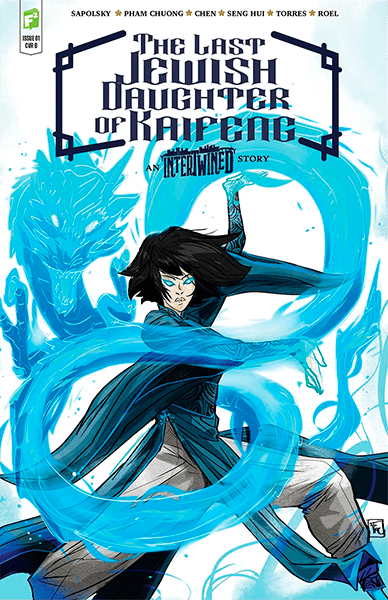When my then fiance and I were planning our wedding, I told him that I didn’t want to circle around him under the chuppah (wedding canopy). His reaction was not what I expected. Instead of him saying, “Okay” or “Why not?,” I got something along the lines of, “What are you talking about?”
This was not a man with few religious ties. On the contrary, he was the son of prominent rabbi; however, a Moroccan Sephardic one. In my Askhenazic worldview, I knew next to nothing about Moroccan Jewish ritual, but in fairness, my fiance knew nothing about Ashkenazic traditions. It turned out that he had never been to an Ashkenazic wedding even though he was already in his early 30s. He grew up in a huge family with many siblings and tens of cousins and had lived solely among a variety of ethnic Sephardim when growing up in Beersheva, Israel. In stark contrast, I was born in London and moved to Long Island at age 6 and had barely met any Sephardim stateside. I certainly had never been to a Sephardic life cycle event and in fact, my wedding at the Sephardic Temple on Long Island was my first Sephardic wedding.
From the get go I was happy to take on new customs. It was fun to do something unusual. In fact, for both of us it was different. I took on Moroccan Sephardic ritual and my fiancé became a part of a somewhat typical American Jewish wedding celebration, which to his family was something very unique.
Perhaps the most interesting Moroccan wedding custom (also done by many other non-Ashkenazic Jews) is a Henna party, done in lieu of the bedeken. The Ashkenazim, immediately before the wedding ceremony, perform the ritual of bedeken in which the groom places the veil on the bride to recall the story of our patriarch Jacob who did not realize that he was married to Leah, and not Rachel, until it was too late. The bedeken reassures the groom that he is indeed marrying the right woman.
However, the bedeken is not something done at a Sephardic wedding. Instead, there is a separate celebration held a few evenings before the wedding in which the bride and groom (and in our case many of our guests!) have henna applied to their palms. The henna does not come off for a while and so at the wedding a few days later, the couple are easily identified.
But the henna celebration is more than that. At our party we wore Moroccan caftans from my fiancé’s family and my fiancé wore a fez. The wedding guests took turns wearing the different caftans for their photo ops and did so while listening to traditional Moroccan music and eating delicious Moroccan food. My brother-in-law’s friend’s Moroccan mother made incredible traditional marzipan desserts which we forever immortalized when we photographed them that evening. The henna was something so special and unusual for me and for my Ashkenazi family and friends that will be forever remembered. I still have some of the leftover henna because I hope to someday have henna parties for my children!.
As a child dreaming of my wedding one day I could never have imagined how it would actually turn out. Perhaps that is a special gift that the Jewish people have given to ourselves. Due to our presence all over the diaspora, we have an endless amount of traditions encompassing a myriad of ritual customs, foods and more. This diversity which continues to develop is indeed something that should be celebrated. I feel lucky to be a part of this Jewish cultural evolution.







